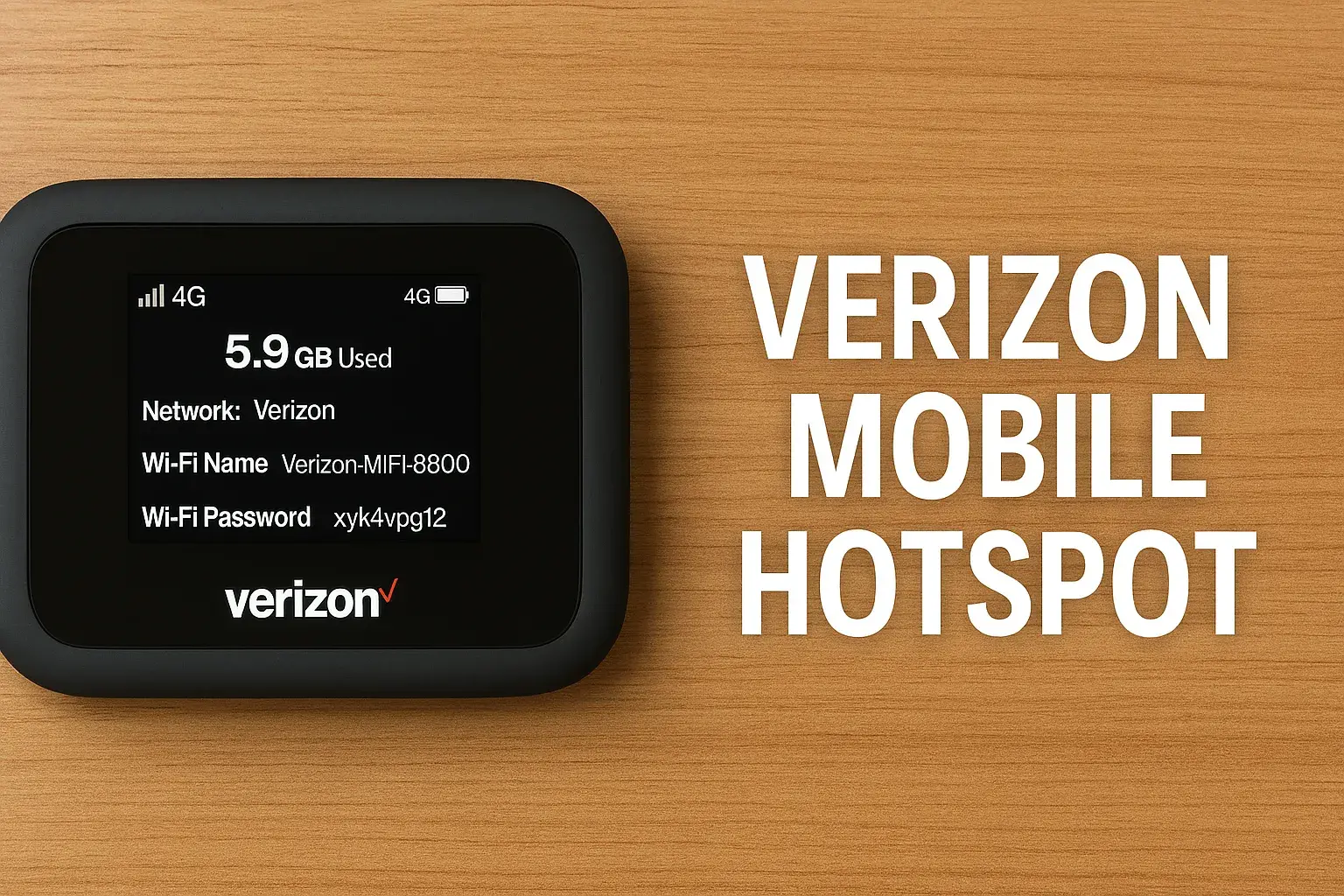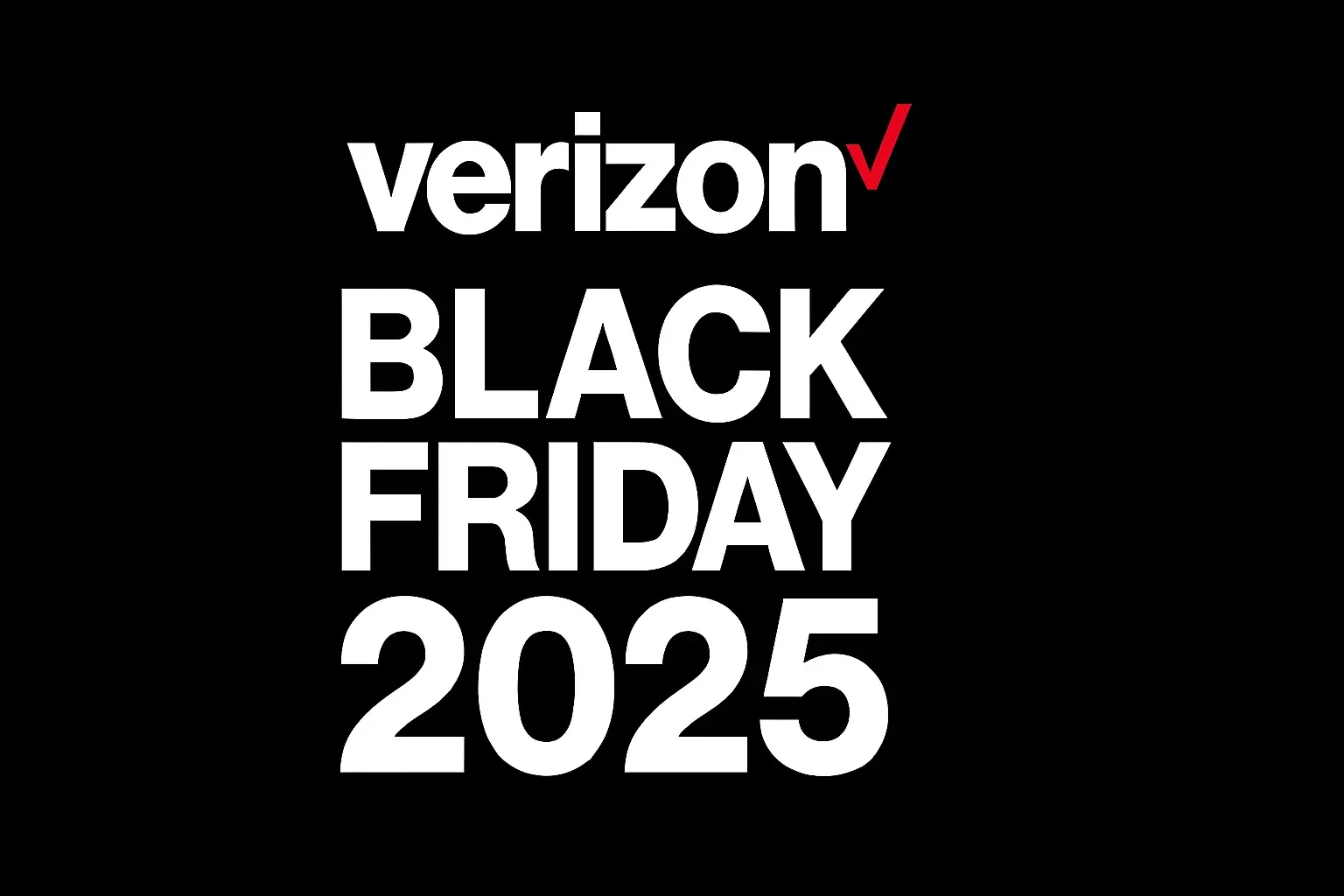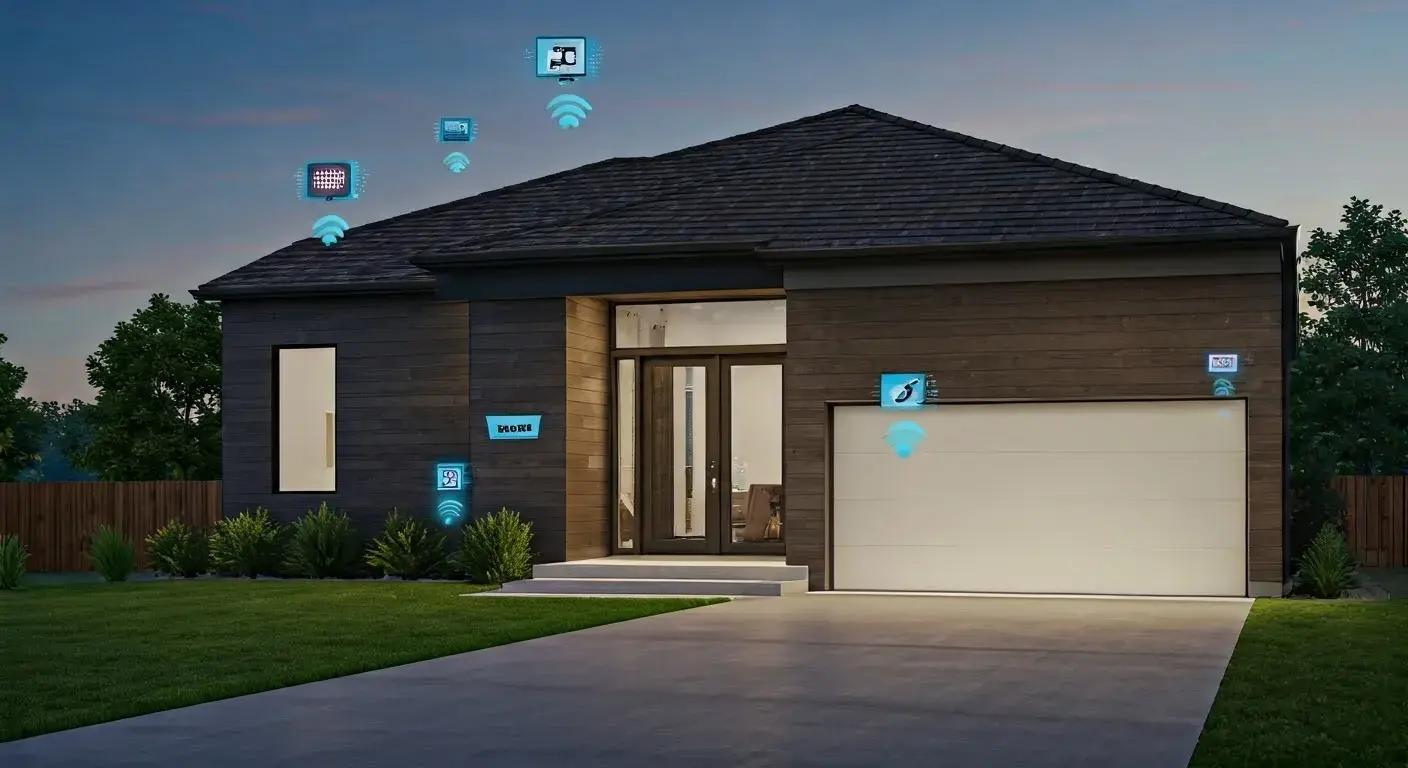Ultimate Guide to Verizon Mobile Hotspot: Devices, Plans, and Tips for 2025

Introduction
In today's fast-paced world, staying connected is more than a convenience—it's a necessity. Whether you're a remote worker juggling Zoom calls from a coffee shop, a traveler streaming shows in a hotel room, or a family on a road trip needing multiple devices online, a reliable mobile hotspot can be a game-changer. Verizon, one of America's leading wireless providers, offers a robust lineup of mobile hotspot solutions that leverage its extensive 4G LTE and 5G networks for seamless connectivity.
As we step into 2025, Verizon continues to innovate with faster speeds, more data options, and advanced devices that support up to 32 simultaneous connections. This comprehensive guide will dive deep into everything you need to know about Verizon mobile hotspots: what they are, the latest devices, available plans, setup instructions, benefits, common troubleshooting tips, and more. By the end, you'll be equipped to choose the perfect hotspot solution for your lifestyle.
Verizon's mobile hotspots, often branded as Jetpacks or MiFis, transform cellular data into a private Wi-Fi network, allowing you to connect laptops, tablets, smartphones, and even smart home devices on the go. With the rollout of 5G Ultra Wideband (UW) in more areas, users can experience download speeds exceeding 600 Mbps in optimal conditions, rivaling home broadband. But it's not just about speed; Verizon emphasizes security, battery life, and flexibility, making these devices ideal for both personal and business use.
In this 2500-word blog, we'll break it down section by section, drawing on the latest 2025 updates from Verizon's offerings. Whether you're new to hotspots or looking to upgrade, let's explore how Verizon keeps you connected.
What is a Verizon Mobile Hotspot and How Does It Work?
A mobile hotspot is essentially a portable Wi-Fi router that uses cellular data to create a secure internet connection for multiple devices. Unlike public Wi-Fi, which can be insecure and unreliable, a Verizon mobile hotspot provides a private network protected by passwords and encryption, reducing risks like data theft from hackers.
Verizon's hotspots operate on their nationwide network, which covers over 99% of the U.S. population with 4G LTE and expanding 5G coverage. The process is simple: the device receives a cellular signal (4G or 5G), converts it into Wi-Fi, and broadcasts it to nearby devices. Most models support dual-band Wi-Fi (2.4GHz for range and 5GHz for speed), ensuring compatibility with older and newer gadgets.
Key components include:
- Cellular Modem: Handles data from Verizon's towers.
- Wi-Fi Radio: Broadcasts the signal to up to 10-32 devices, depending on the model.
- Battery: Rechargeable lithium-ion batteries last 7-12 hours on average.
- Display/Interface: Many have touchscreens or LCDs for easy management.
To use one, you'll need a compatible plan with hotspot data allowance. Once activated, connect via Wi-Fi settings on your device, enter the password, and you're online. Verizon hotspots also support USB tethering for a wired connection to a single device, which can be more stable in some scenarios.
One major advantage is portability. Weighing less than a smartphone, these devices fit in your pocket or bag, making them perfect for travel, remote work, or as a backup for home internet outages. In 2025, with hybrid work models still dominant, hotspots have become essential tools for productivity.
However, data usage is key—streaming video or downloading large files can quickly eat through allowances, so monitoring consumption via the My Verizon app is crucial. Verizon's hotspots are also backward-compatible, falling back to 4G in areas without 5G.
Compared to using your phone's built-in hotspot feature, dedicated devices offer better battery life (no draining your phone), more connections, and often superior antennas for stronger signals. If you're on a Verizon unlimited phone plan, you might already have hotspot data included, but dedicated plans provide more premium data without throttling.
Top Verizon Mobile Hotspot Devices in 2025
Verizon's 2025 lineup features a mix of affordable and premium hotspots, all supporting 5G for blazing-fast speeds. Prices range from $79.99 to $399.99, with financing options starting at $2.22/month over 36 months at 0% APR. Here's a detailed look at the top models:
- Inseego MiFi X PRO 5G UW ($349.99 or $9.72/mo)
This flagship device is a powerhouse for heavy users. It supports up to 32 Wi-Fi-enabled devices, making it ideal for families or small teams. Key features include Wi-Fi 6 for low-latency connections, a 2.4-inch touchscreen for easy navigation, and enterprise-grade security. Specs: Qualcomm Snapdragon X62/X65 modem, up to 600Mbps downloads on 5G UW, Ethernet port for wired setups, and a removable 5050mAh battery lasting up to 10 hours. It's perfect for streaming 4K video or video conferencing without lag. Customer reviews praise its reliability in rural areas, though some note it's bulkier than competitors. - TCL LINKZONE 5G UW ($299.99 or $8.33/mo)
A budget-friendly 5G option, this hotspot connects up to 32 devices and includes an Ethernet port for stable connections. Features: Wi-Fi 6 support, parental controls via web interface, and a compact design. Battery life averages 7-8 hours, with specs including 5G bands for Ultra Wideband. It's great for everyday use like browsing and email, but battery life is a common complaint in reviews. Ideal for travelers needing portability. - Verizon Orbic Speed Mobile Hotspot ($79.99 or $2.22/mo)
The entry-level choice for basic needs, supporting up to 10 devices on 4G LTE (with some 5G compatibility). Features: Dual-band 802.11 ac Wi-Fi, LCD display, and a 3000mAh battery for up to 12 hours. It's lightweight and affordable, perfect for occasional use like road trips. Reviews highlight its value, though speeds top out at 150Mbps—fine for web surfing but not heavy streaming. - Orbic Speed 5G UW ($299.99 or $8.33/mo)
Upgraded from the base model, this supports 30 devices and full 5G UW for speeds up to 600Mbps. Features: Rechargeable battery (up to 12 hours), compact design, and WPA3 security. It's a favorite for remote workers, with reviews noting excellent range and ease of use. Drawbacks include no Ethernet port. - Inseego MiFi M2100 5G UW ($399.99 or $11.11/mo)
Premium pick with up to 30 connections, Wi-Fi 6, and a large touchscreen. Specs: Long battery life (up to 10 hours), external antenna ports for boosted signals, and support for mmWave 5G. Ideal for business users; reviews commend its durability but note the higher price. - Orbic Speed X 5G ($199.99 or $5.55/mo)
Mid-range option connecting 30 devices, with Wi-Fi 6 and a 4000mAh battery (8-10 hours). Features: Touch interface, secure encryption. Great balance of price and performance, per user feedback.
When choosing, consider your data needs, number of devices, and travel frequency. All devices are available on Verizon's site with promotions like trade-ins or bundles with plans.
Verizon Mobile Hotspot Plans and Pricing in 2025
Verizon offers four main hotspot plans: Essential, Plus, Pro, and Premium, tailored for different usage levels. These are data-only plans for dedicated devices, but you can also use hotspot data from phone plans. Prices start lower if bundled with an existing Unlimited phone plan (discounts up to $20-50/line).
- Essential Plan: 15 GB premium data on 5G/4G LTE. Best for light users (email, browsing). Standalone price: ~$20/mo; bundled: $10/mo. After cap, speeds reduce to 600Kbps. Includes premium streaming quality.
- Plus Plan: 50 GB premium data with 5G UW access. Suited for moderate streaming/work. Standalone: ~$40/mo; bundled: $20/mo. Post-cap: 3Mbps on 5G, 600Kbps on 4G.
- Pro Plan: 100 GB premium data, full 5G UW, premium streaming. For heavy users like remote teams. Standalone: $60/mo; bundled: $40/mo.
- Premium Plan: 150 GB premium data, top-tier for unlimited-like use. Standalone: $80/mo; bundled: $60/mo. Ideal for RVs or boats.
All plans allow Data Boosts ($35 for 5GB extra). International usage varies; add TravelPass for roaming. For phone-based hotspots, Unlimited Plus includes 30GB hotspot data, Ultimate up to 60GB (add 100GB for $10).
No truly unlimited high-speed hotspot, but caps are generous. Taxes/fees extra; 3-year price lock on select plans.
How to Set Up and Use Your Verizon Mobile Hotspot
Setting up is straightforward:
- Charge and Power On: Plug in the device and turn it on. Wait for the signal indicator.
- Activate: Use My Verizon app or website to activate with your plan.
- Connect Devices: Go to Wi-Fi settings on your gadget, select the hotspot SSID, enter password (found on device screen or label).
- Customize: Via admin page (usually 192.168.1.1), change password, monitor data, set guest networks.
For USB tethering: Connect via cable, select mode on device.
Tips: Place near windows for better signal; update firmware regularly. Monitor data in My Verizon to avoid overages.
Benefits and Advantages of Verizon Mobile Hotspots
- Reliability: Verizon's network is top-rated for coverage, especially rural areas.
- Security: Private networks with WPA3 encryption beat public Wi-Fi.
- Flexibility: Connect multiple devices without draining phone battery.
- Speed: 5G UW for ultra-fast downloads, great for gaming/streaming.
- Cost-Effective: Better than satellite in remote spots; bundles save money.
- Portability: Compact for travel; international plans available.
In 2025, with more 5G, hotspots rival home internet for nomads.
Troubleshooting Common Issues
- No Signal: Move to better coverage; check outages via Verizon app.
- Slow Speeds: Exceeded data cap? Buy Boost. Update device.
- Connection Drops: Restart; ensure firmware current.
- Battery Drains Fast: Reduce connected devices; use power-saving mode.
- Can't Connect: Reset password; forget/rejoin network.
Contact Verizon support if persistent.
Conclusion
Verizon mobile hotspots in 2025 provide unparalleled connectivity for modern life. From the affordable Orbic Speed to the pro-grade Inseego MiFi, paired with flexible plans, there's an option for everyone. Stay secure, fast, and connected—visit Verizon.com to get started today.
Faq
What is the best Verizon mobile hotspot device in 2025?
The Inseego MiFi X PRO 5G UW for its speed and connections.
How much data do I need for a hotspot?
15-50GB for light use; 100-150GB for heavy streaming/work.
Does Verizon offer unlimited hotspot data?
No true unlimited high-speed, but up to 150GB premium before throttling.
Can I use my phone as a Verizon hotspot?
Yes, if your plan includes it (e.g., 30GB on Unlimited Plus).
How do I add more data if I run out?
Purchase a $35 Data Boost for 5GB.
Are Verizon hotspots good for international travel?
Yes, with Monthly International Plan; hotspot data included, but check rates.
What's the difference between 4G and 5G hotspots?
5G offers faster speeds (up to 10x) and lower latency.
Can I connect my smart TV to a Verizon hotspot?
Yes, if Wi-Fi enabled; counts toward data usage.
How secure are Verizon hotspots?
Very, with password protection and encryption; avoid public Wi-Fi risks.
What if my hotspot won't turn on?
Charge fully; reset by holding power button or removing battery.





